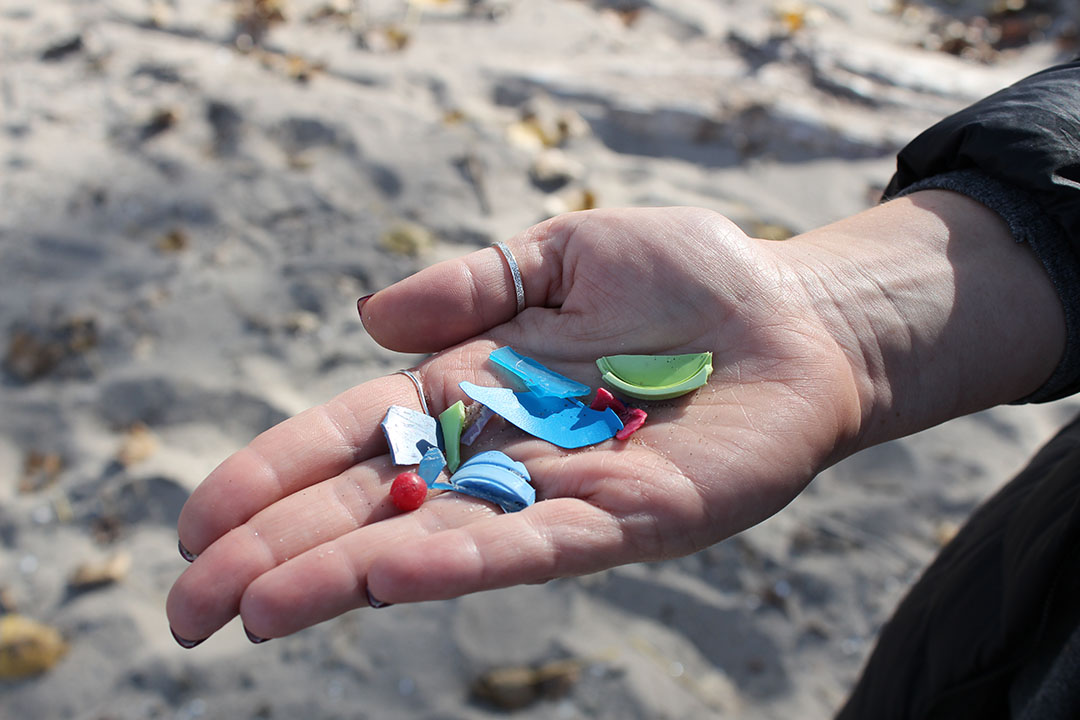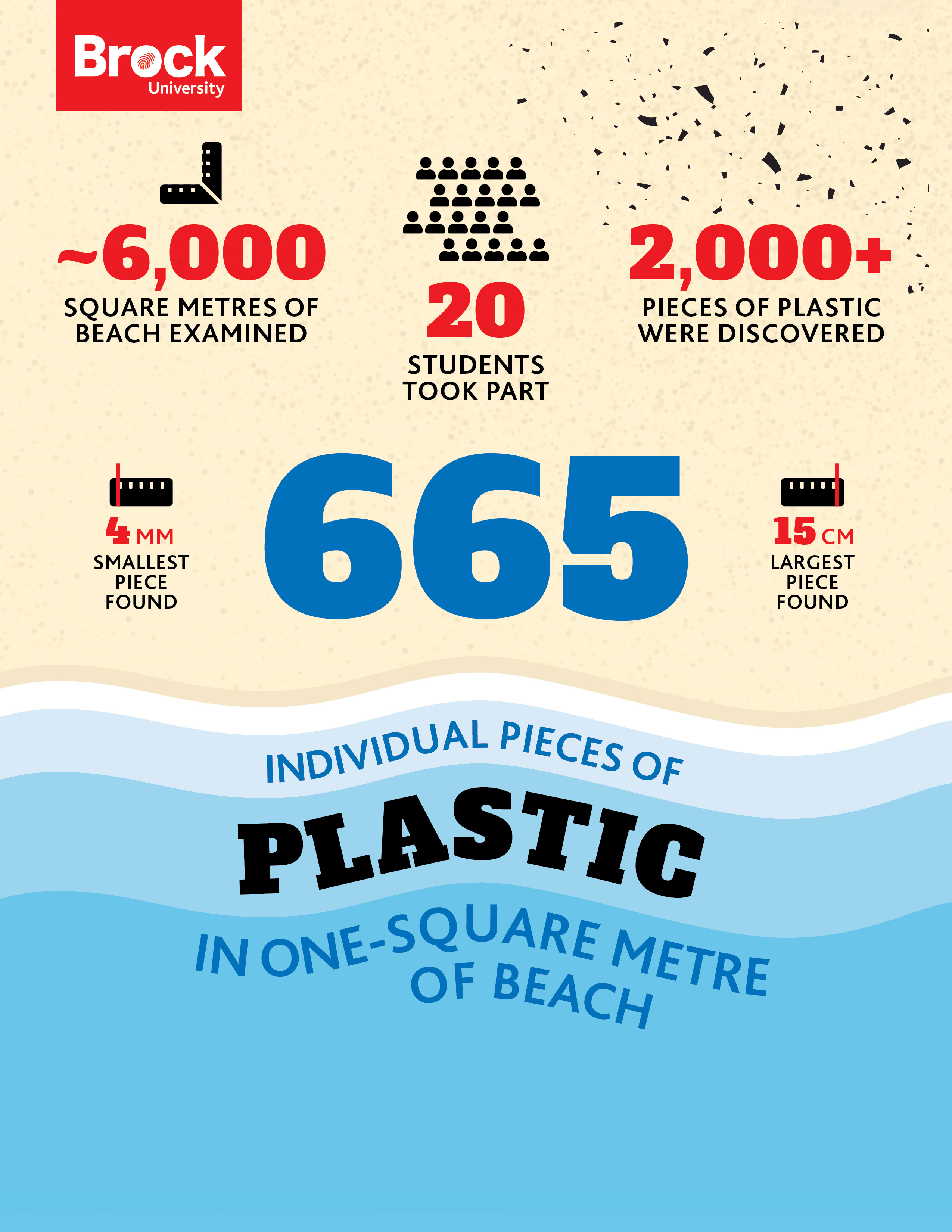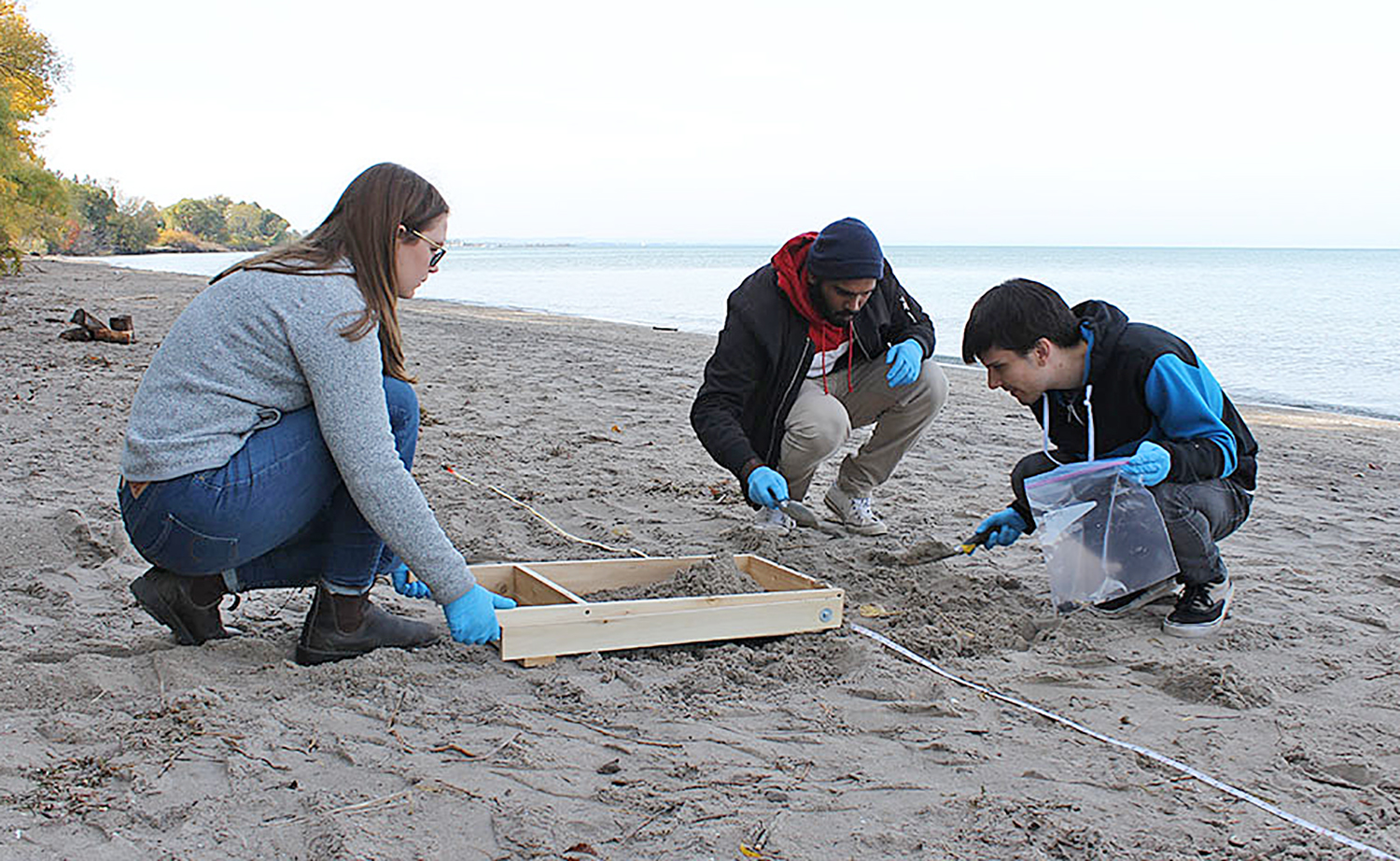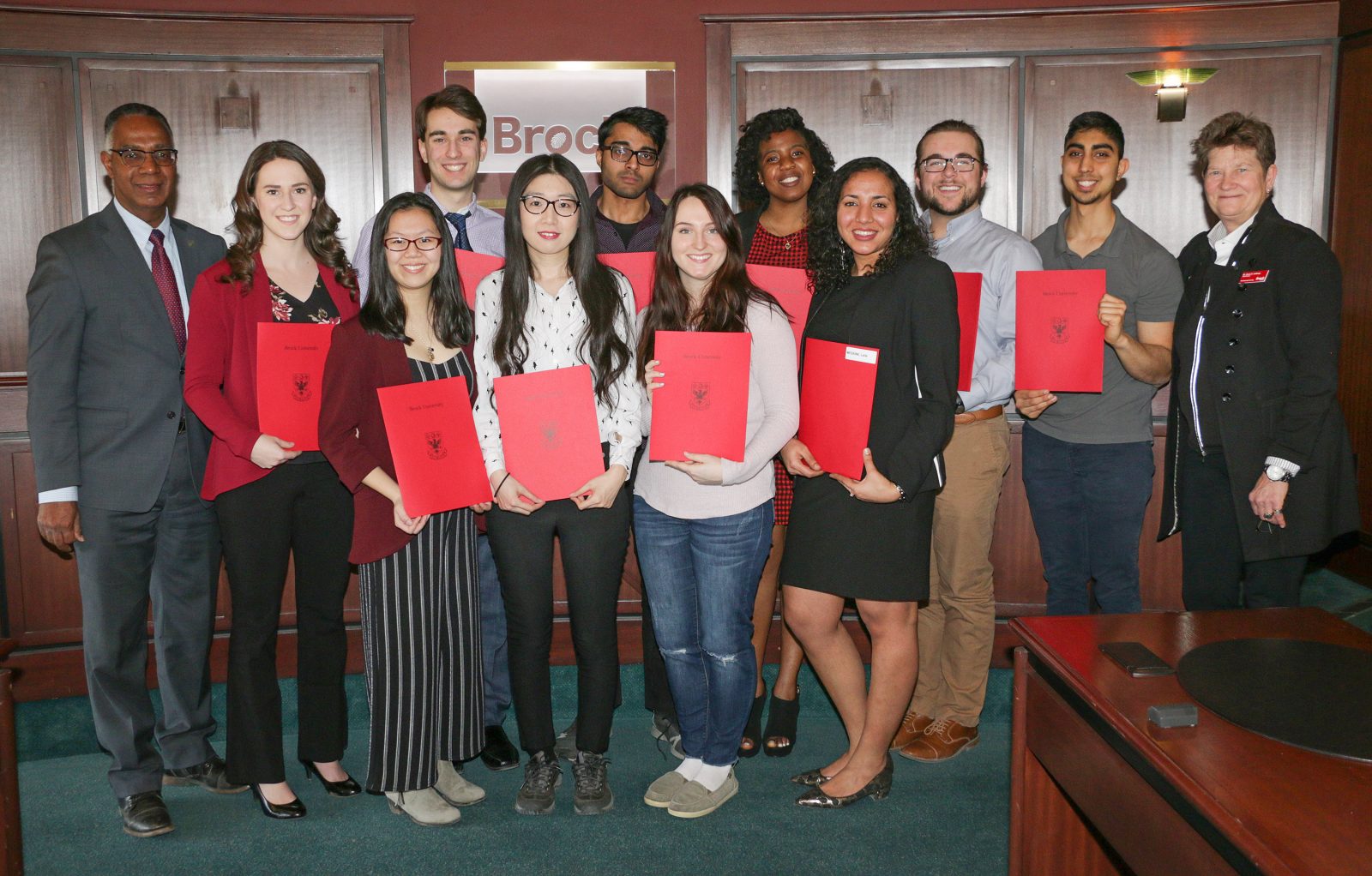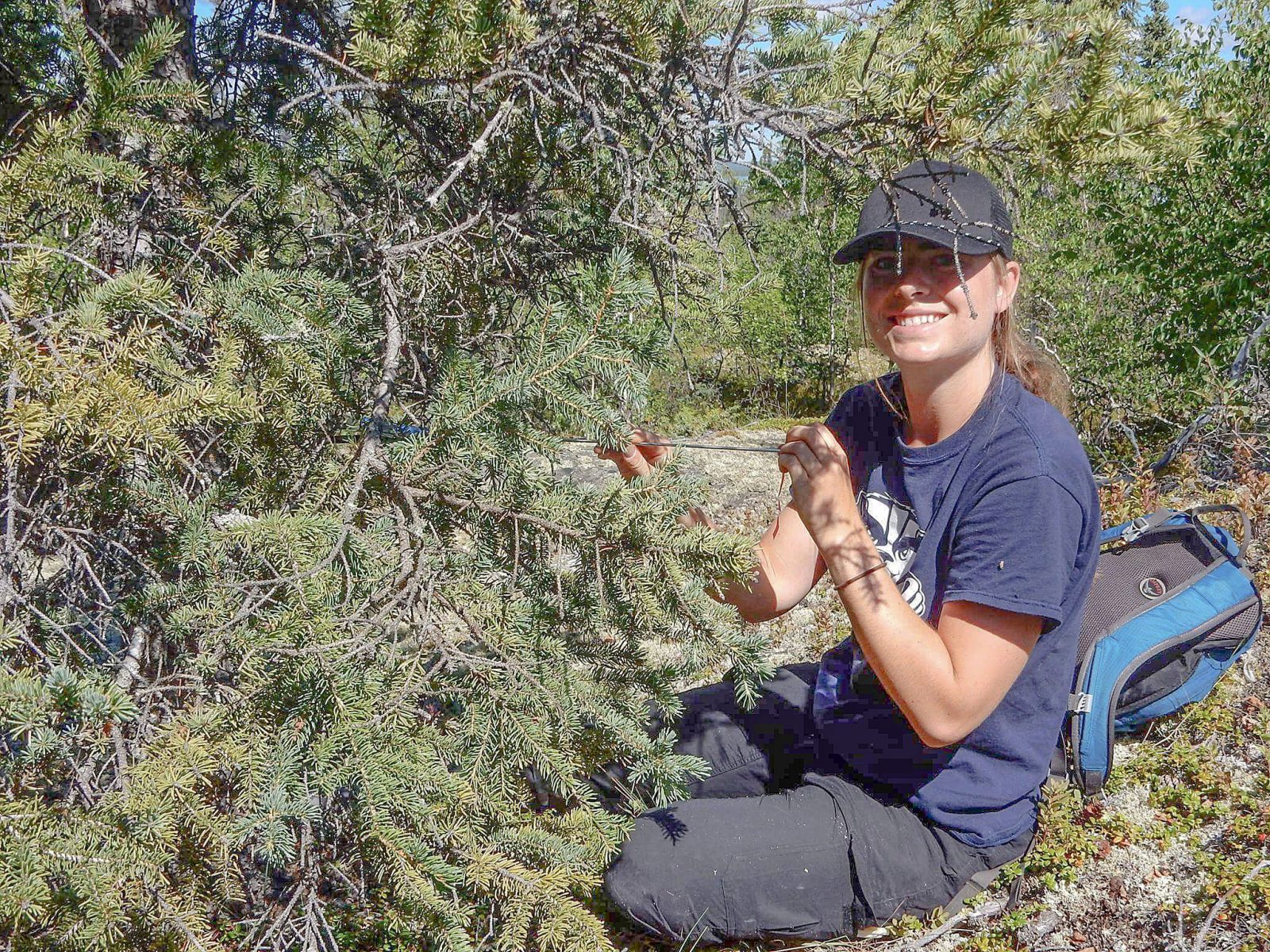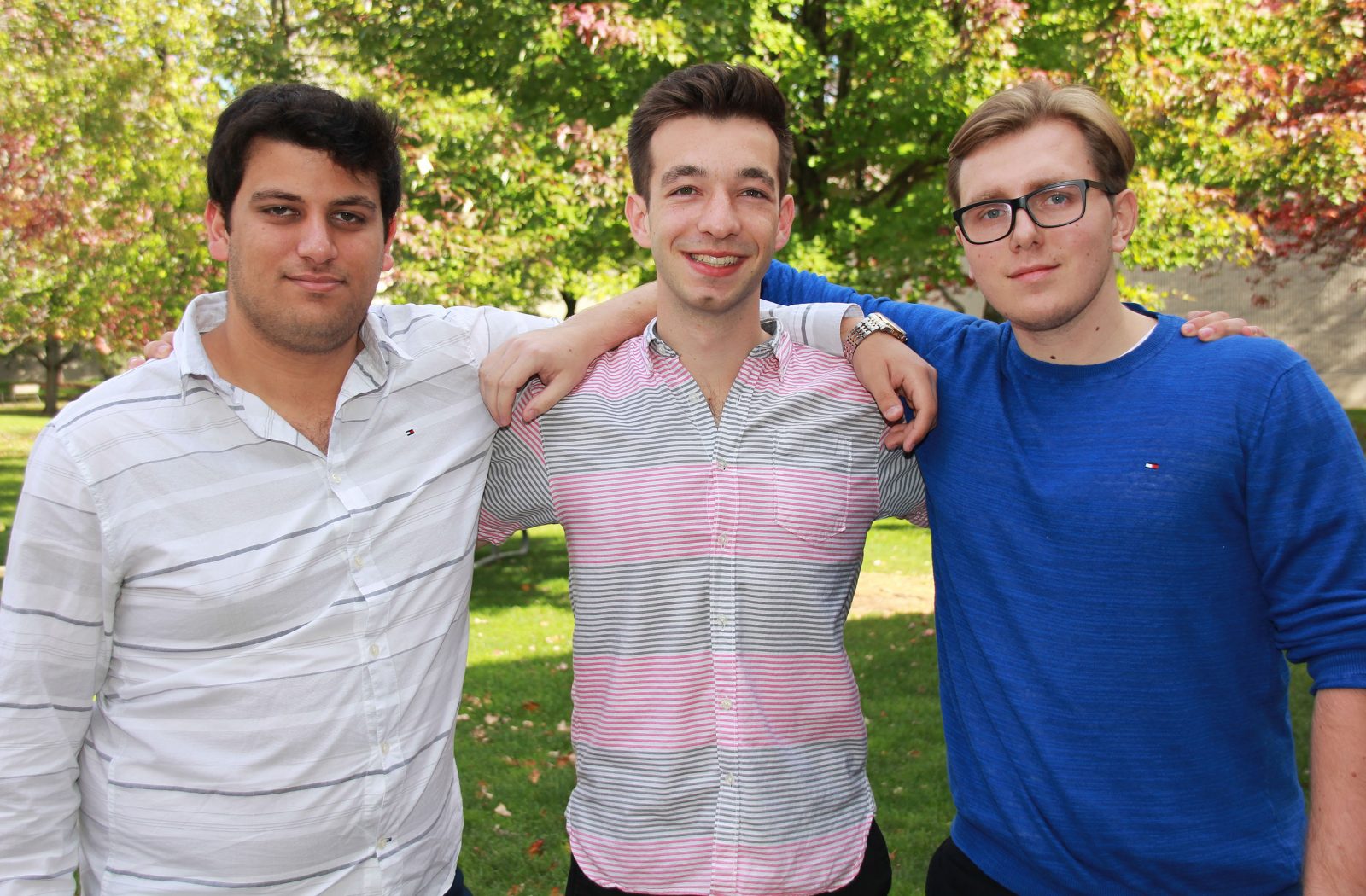The Department of Geography and Tourism Studies is pleased to congratulate Geography Master of Arts student, Rebekah Casey (BA Tourism and Environment ’19), who was recently awarded a Faculty of Social Sciences Master of Arts Student Research Award for her research, tentatively titled “There’s No Place Like (Rural) Home: Why People Choose Rural Despite Decline.” Congratulations also to Rebekah’s MA supervisor, Dr. Christopher Fullerton.
MA in Geography student receives 2020 Graduate Student Research Award
alumni, awards, Chris Fullerton, geography, graduate studies, MA Geography, Rebekah Casey, research, student, Student Research
Categories: News
